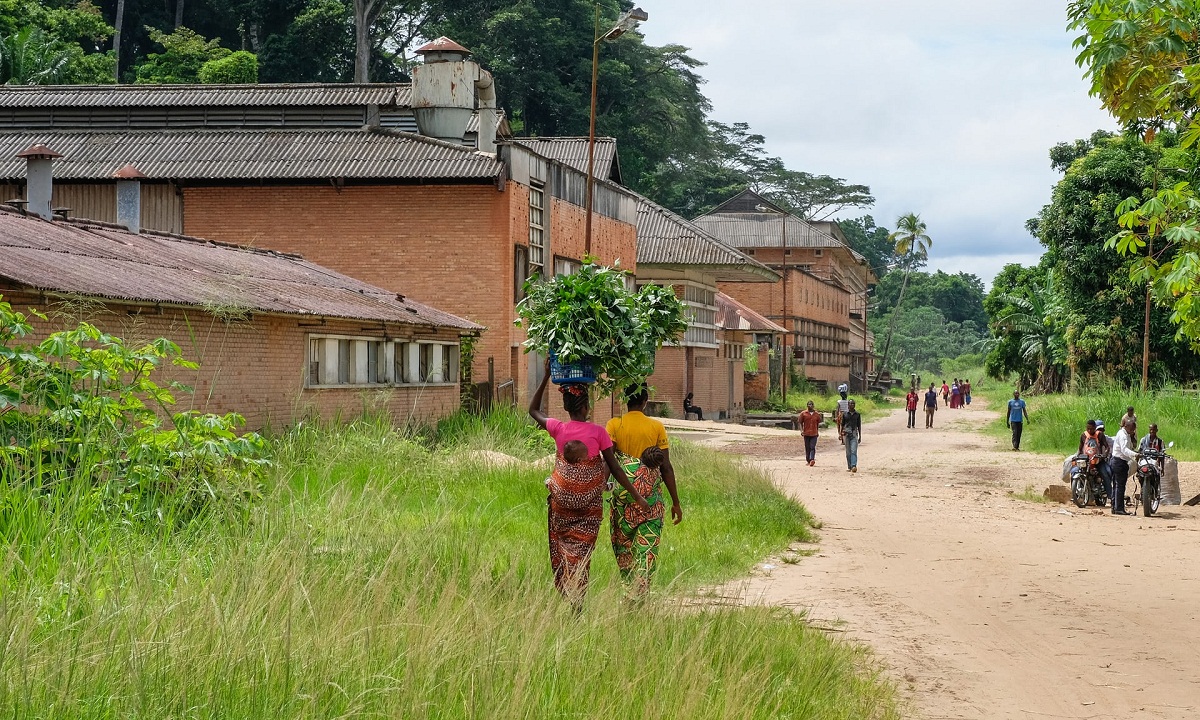Long-lost Congo notebooks may shed light on how trees react to climate change

A cache of decaying notebooks found in a crumbling Congo research station has provided unexpected evidence with which to help solve a crucial puzzle – predicting how vegetation will respond to climate change. The treasure trove of tree growth data dating from the 1930s was found by the biologist Koen Hufkens in a tumbledown building at the Yangambi Biological Station, which was once Africa’s leading forest and agriculture research institution. Combined with other records, the recovered data allows Hufkens to make improved predictions about the health of the forest. Hufkens, of Ghent University in Belgium, began researching the Congo Basin about five years ago. He had planned to install a high tech monitoring station known as a carbon flux tower in Yangambi. The instruments are indispensable for observing the way plant life responds to climate change and have become standard gear for studying forests in North America and Europe, as well as a handful of locations in the Amazon Jungles such as the Congo forest play a critical part in controlling the rate of global warming; vegetation sucks up about 25% of the carbon dioxide we spew out of our tailpipes and smokestacks. Scientists believe much of this CO2 ends up stored in the trunks of tropical trees, with the Congo forest absorbing about 250bn tonnes of carbon dioxide a year. But research shows the tropical carbon sink is faltering. This means CO2 will build up faster in the atmosphere and temperatures will rise more quickly. Scientists are working to understand better how tropical forests respond to shifts in rainfall. The Congo forest, second only to the Amazon in size, is particularly hard to study. Poor infrastructure, unstable governments and civil war have hindered systematic research. But understanding the Congo is important – it appears to be drying out, and it is hard to say how it will behave in a drier climate. Hufkens was hired by a research team to install the first tower in the Congo Basin, but the project soon ran out of funds. Undaunted, Hufkens looked for other ways to examine how the forest responds to changes in rainfall. A colleague mentioned the neglected notebooks from the middle of the last century, still on the shelf in Yangambi’s herbarium.

